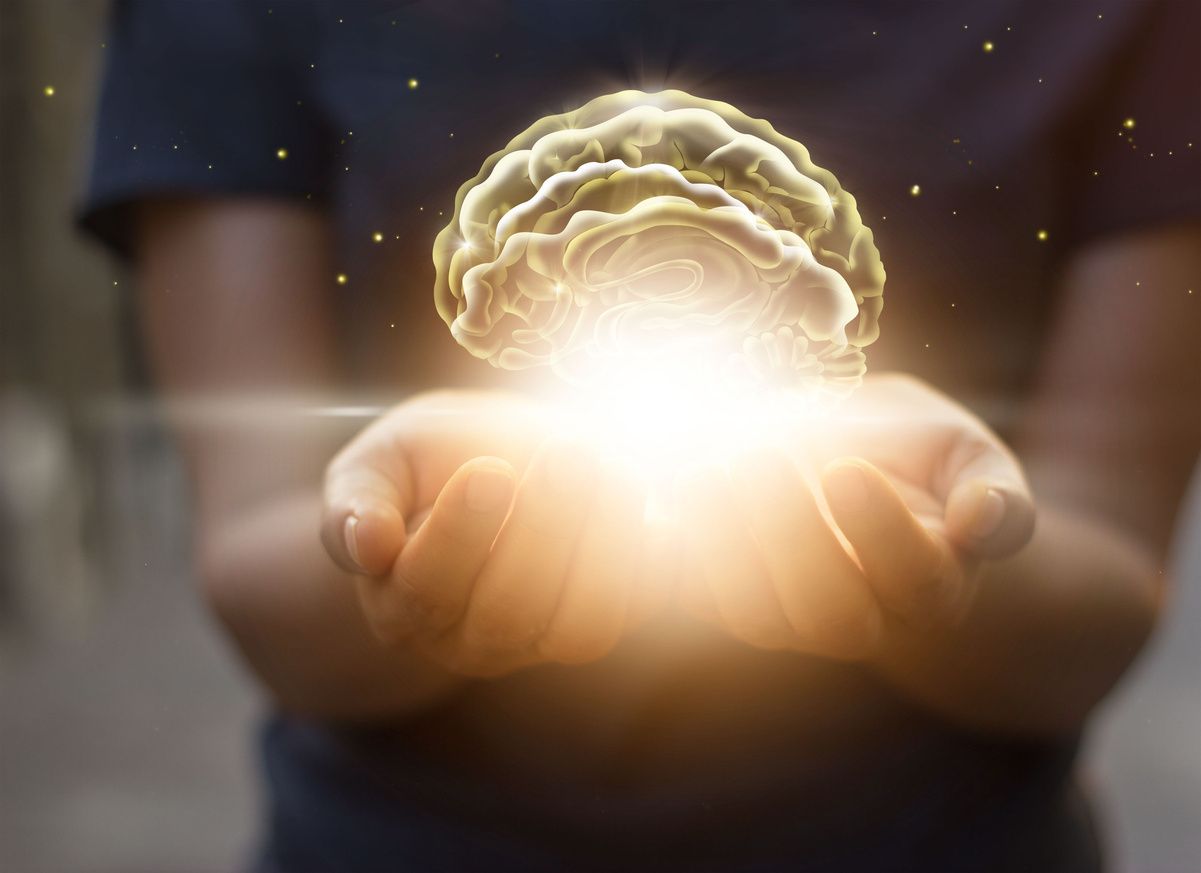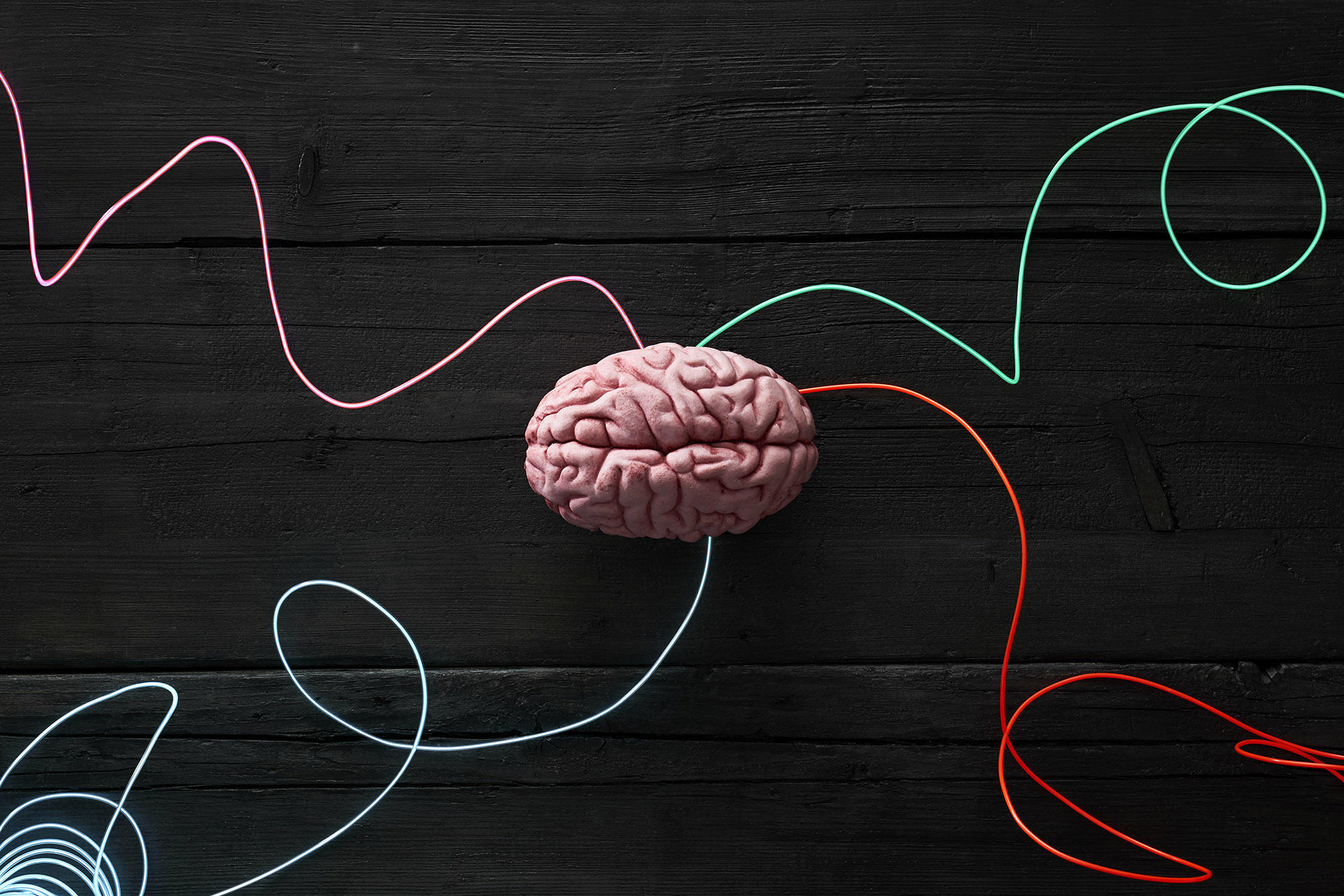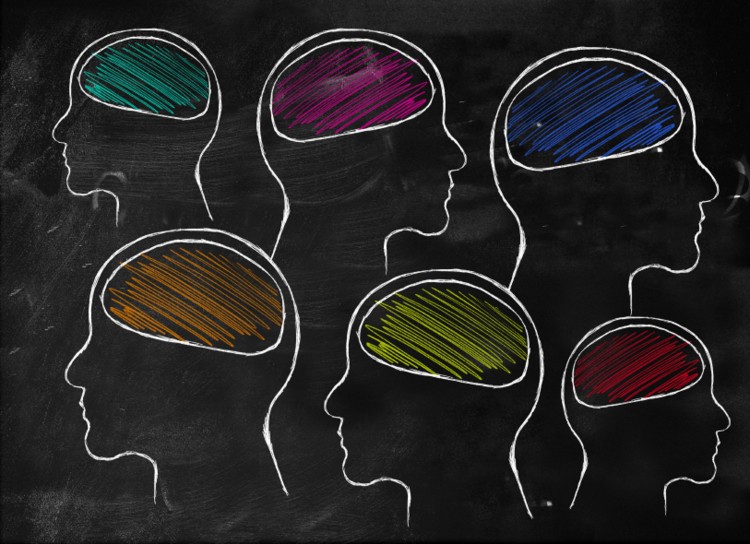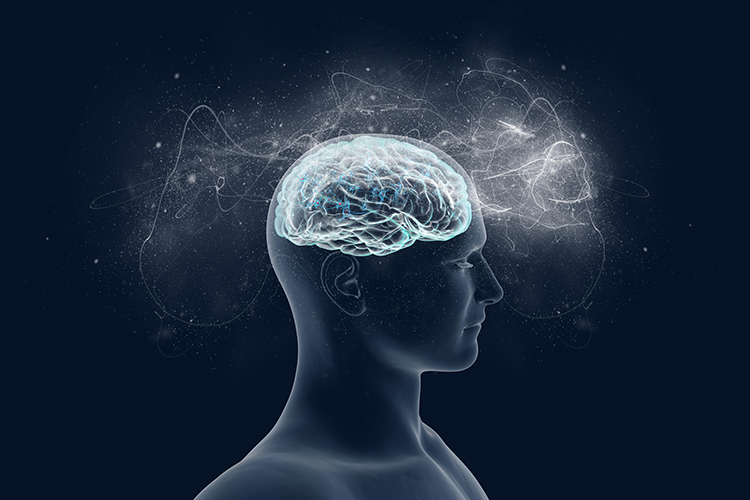Traumatic Brain Injury in Early Childhood and Risk of Attention-Deficit/Hyperactivity Disorder and Autism Spectrum Disorder: A Nationwide Longitudinal Study. J Clin Psychiatry, 2018
Traumatic Brain Injury in Early Childhood and Risk of Attention-Deficit/Hyperactivity Disorder and Autism Spectrum Disorder: A Nationwide Longitudinal Study.
Chang HK, Hsu JW, Wu JC, Huang KL, Chang HC, Bai YM, Chen T, Chen M. J Clin Psychiatry. 2018 Oct 16;79(6).
https://doi.org/10.4088/JCP.17m11857
OBJECTIVE:
Early childhood (< 3 years of age) is a critical period for neurodevelopment. This study investigated the correlation between early childhood traumatic brain injury (TBI) and subsequent risk of attention-deficit/hyperactivity disorder (ADHD), autism spectrum disorder (ASD), and developmental delay (DD) by analyzing a national-scale cohort.
METHODS:
Data from the National Health Insurance Research Database, which comprises health care information from > 99% of the Taiwanese population, were analyzed. Children with TBI in their early childhood were enrolled from 1998-2008, and the incidence of subsequent ADHD, ASD, or DD (according to ICD-9 criteria) was assessed and compared with controls without TBI. Patients’ age, number of TBI events, and TBI severity were investigated for the risk of ADHD, ASD, or DD.
RESULTS:
A total of 7,801 and 31,204 children were enrolled in the TBI and control cohorts, respectively. The TBI cohort exhibited a higher incidence of subsequent ADHD, ASD, or DD than the controls (all P < .001). Diagnoses of ADHD, ASD, or DD in the TBI cohort were made at a younger age compared with the controls. Cox regression demonstrated the highest hazard ratios (HRs) of ADHD, ASD, or DD with repeated TBI events, severe TBI, and TBI events before 1 year of age, with the exception that the HR of ASD did not significantly increase after repeated TBI (P = .335). In addition, cumulative HRs (> 10 years) of ADHD, ASD, or DD were increased after TBI (all P < .001).
CONCLUSIONS:
Data from this study suggest that the incidence of ADHD, ASD, and DD significantly increased after TBI events in early childhood (< 3 years of age). The risk factors include severe TBI, repeated TBI events, and TBI at a younger age. The long-term follow-up demonstrated an increased cumulative risk of ADHD, ASD, and DD after TBI.












